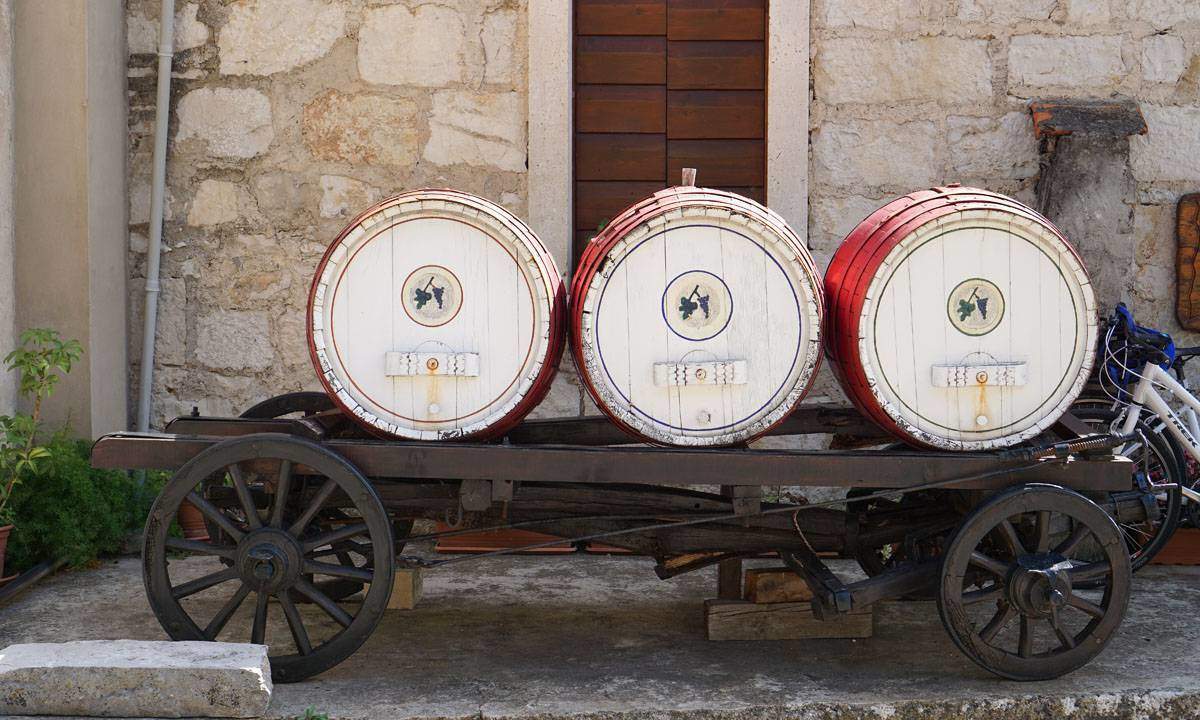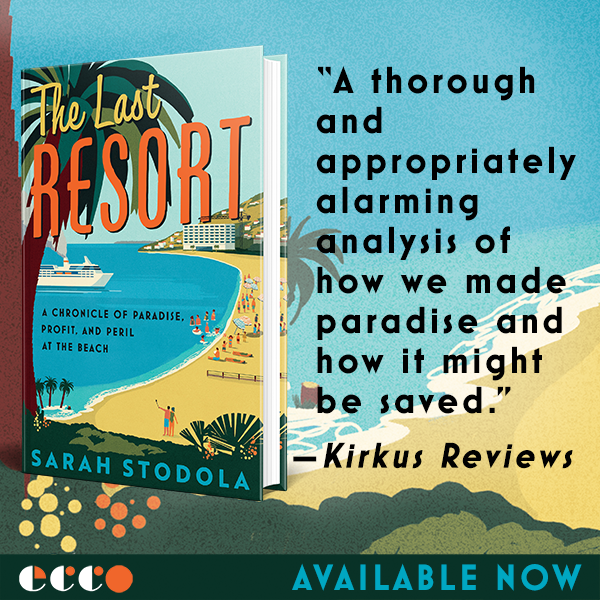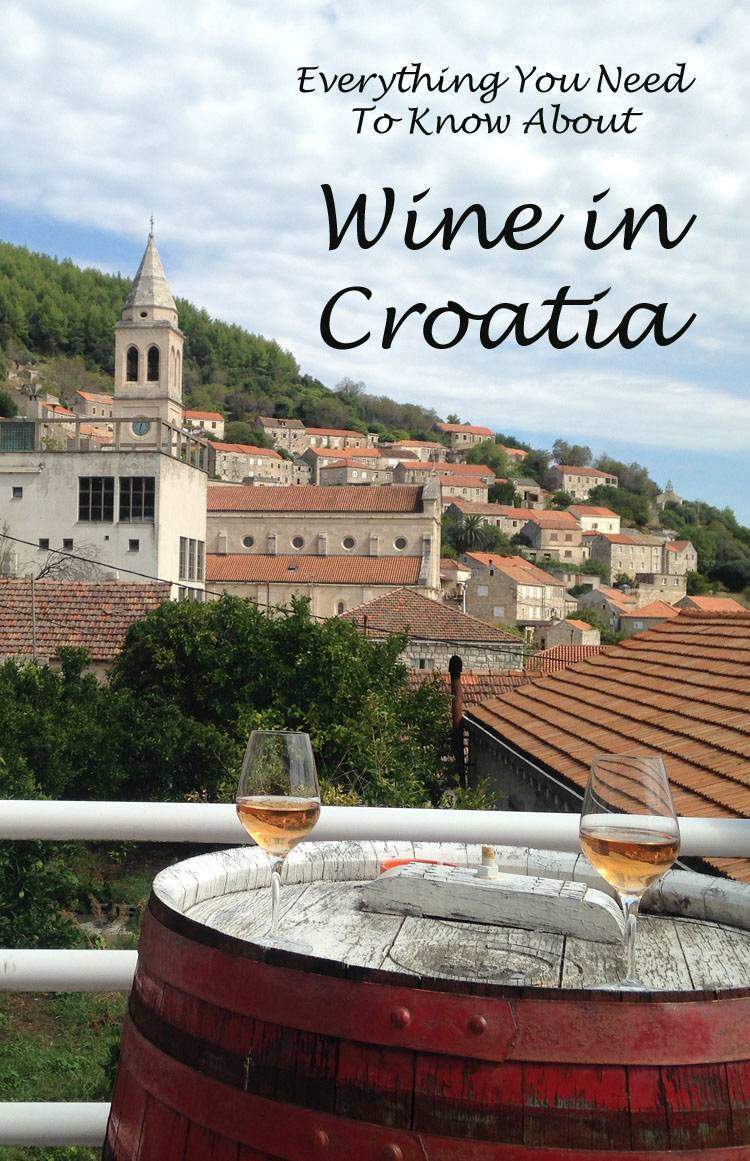Last September, I joined tour guide extraordinaire Padraic Doorey on a “bike and sail” trip he was leading through the Croatian Adriatic for his company, Fresh Eire Adventures. We lived for the week on a beautiful wooden sailboat, and spent our days exploring the land largely via bike. It was during this time, hopping from impossibly gorgeous island to impossibly gorgeous island, that I got a close-up view of the gruffly charming, arcadian wineries that dot both the islands and much of the Dalmatian Coast. Thanks to Padraic’s intimate understanding of the region and its wine, we shared the roads with pickup trucks filled with grapes on the go, passed vineyards sloping down mountains and, at one small vineyard, even sampled from a shoulder-height vat of fresh, deep red grape juice waiting for fermentation.
Padraic organizes his trips to ensure that his guests reap the benefits of his vast knowledge of wine. I spoke with him recently to get his perspective on Croatian wine culture, which is centered in the islands and along the Dalmatian coast…
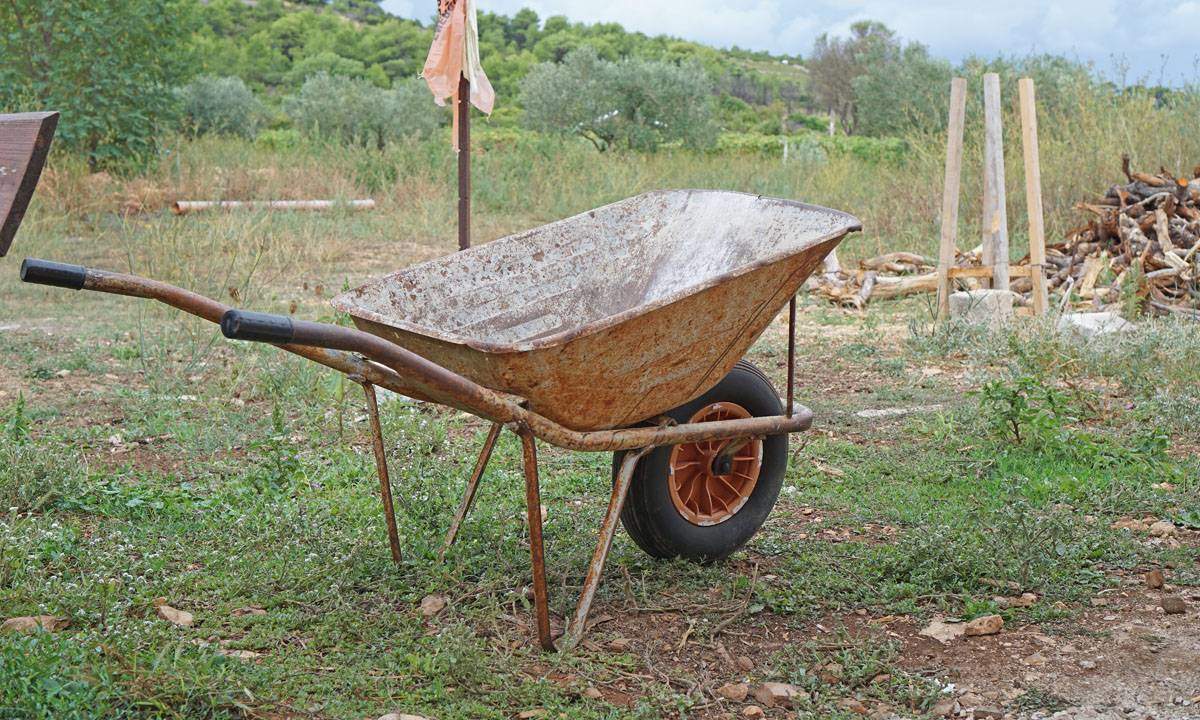


Can you walk me through the main varietals of Croatian wine?
The islands of Vis, Hvar and Korcula have a wine culture dating back to the Greek settlements there some 2,500 years ago. The Greeks brought with them many of the varietals we now associate with Croatia, but a few are indigenous to the region. I’ll mention four varietals here.
The Plavac mali grape, a cousin of the internationally known Zinfandel, is generally one of the most sought after; grown in Croatia’s sunny, rocky hills, it produces big full-bodied reds. Some of the best are found on the mainland’s Peljesac peninsula, across from Korcula. Dingac is one of the most prestigious for good reason. Bold, full-bodied and intensely fruity, these bottles are always much in demand and command a price to rival some well-known wines from better known wine-producing countries like France and Italy. While France and Italy have little to worry about from a serious collectors’ perspective, these bottles are wonderful to explore while on vacation.
The Posip Grape makes a beautifully refreshing white, low in alcohol and, with its nose of soft fruits and a hint of citrus, it makes for a wonderful partner to fish and salad dishes. It is synonymous with the island of Korcula, especially around the villages of Cara and Smokvica. (The Posip Path is a cyclist’s paradise—ride through the vineyards on small, virtually traffic-free roads.) While the same grape is produced throughout this small island, each locality’s produce has distinctive characteristics.
Grasevina, a varietal also found on the Peljesac peninsula, and throughout most of Croatia, is a sweet white not too dissimilar to the Alsatian wines of France and the Reislings of Austria and Germany. The origins of this grape have never been fully discovered.
Grk, however, is native to Korcula, and is from an area known as Lumbarda, a few kilometers away from the main town on the island. The white wine produced here is dry and acidic, with a floral nose with hints of cedar and pine.
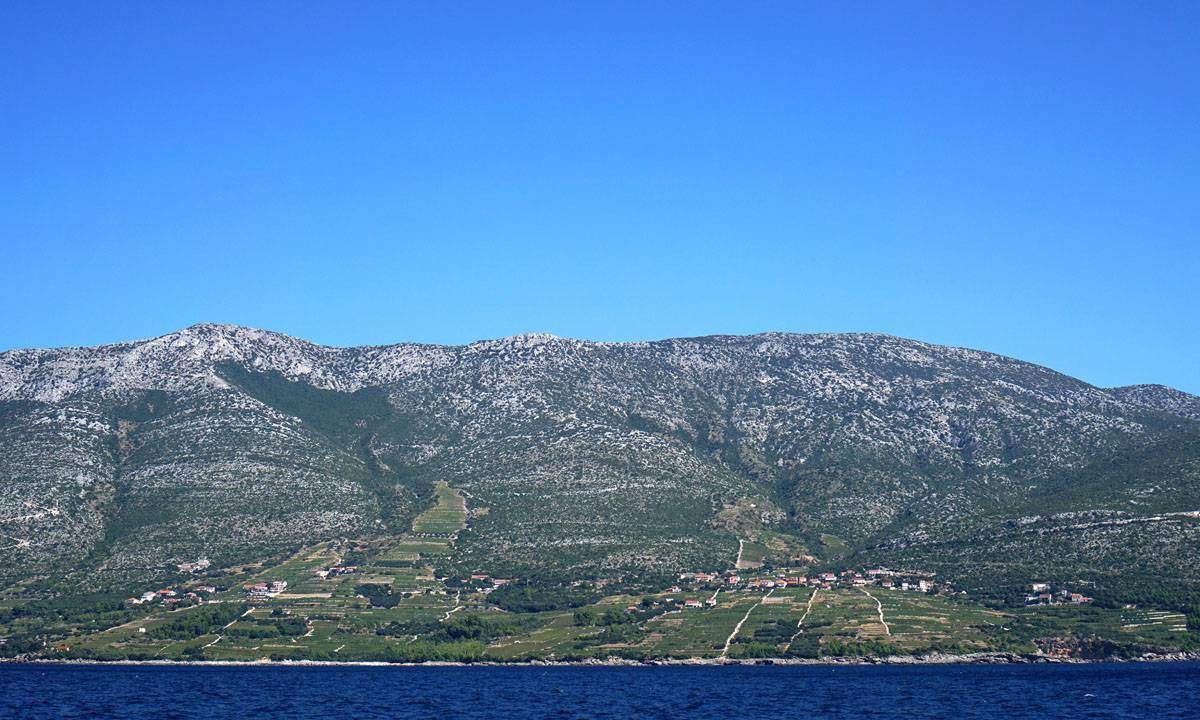


When did Croatian wine first show up on your radar?
A few years ago on my Connemara Castles and Manor tour in Ireland, the wine list of one of my preferred properties, Rosleague Manor, featured a very intriguing Croatian bottle in their “Something Different’ category (which changes every season). With low expectations, I allowed my arm to be twisted by Mark, the hotel’s owner. I was very pleasantly surprised.
What have you found makes Croatian wine unique?
While wine has been produced here for thousands of years, it is only relatively recently that production methods have been brought up-to-date to compete with EU wines, especially from Italy. However, there still remains a charming culture among wine makers in rural communities; some of the most memorable wines I’ve tasted have been poured from casks in people’s kitchens or from repurposed plastic soda bottles! The wines are solid and are produced with less pomp and ceremony, and regulation, than those produced by their EU neighbors.
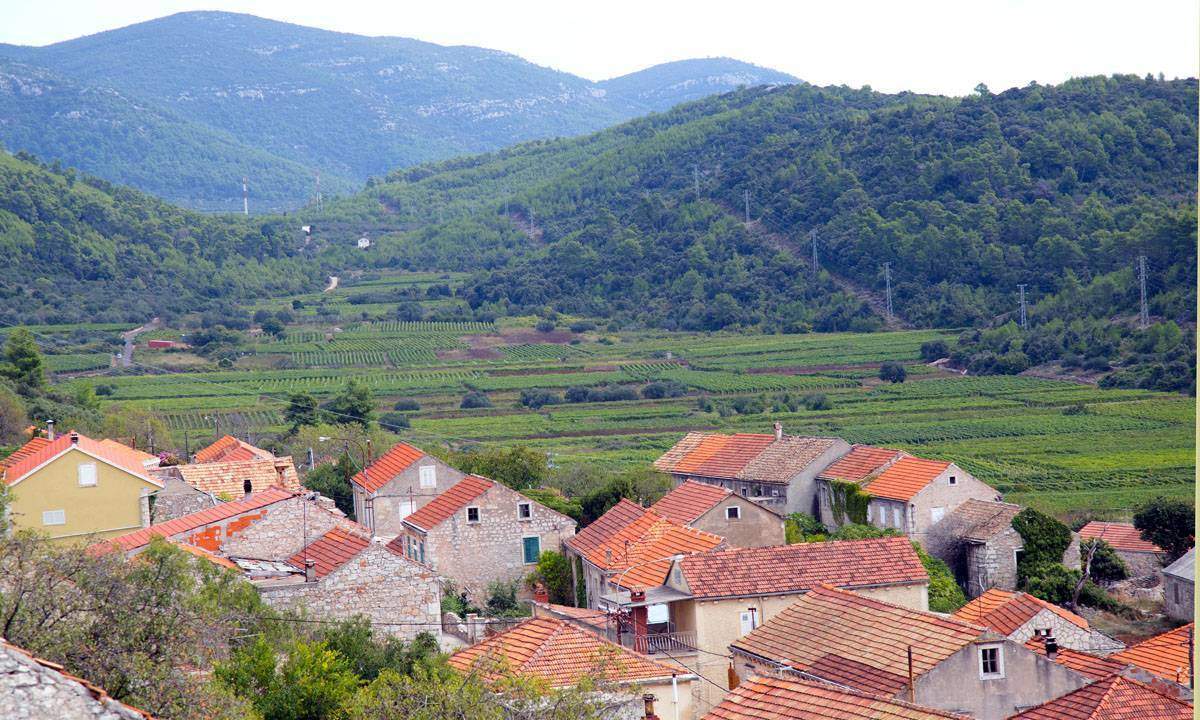


If someone could only visit one wine region in Croatia, what would you recommend?
Difficult question! While Vis, Hvar and Brac are all stunningly beautiful, it is on Korcula where I had my most memorable wine experience. When we are preparing our tours we conduct many research trips in order to perfect the guest experience, and it was on one of these trips that I first encountered a very small holding which was harvesting its grk. The workers invited me to get off my bike and come into the vineyard to get a closer look at what they were up to. Despite our language barrier, the guys were very instructive and offered me different grapes to try; the grk produces only female flowers and so must be grown in tandem with male, often 20% Place mali, vines. In a vineyard of perhaps only 1/3 acre, surrounded by dry stone walls, I had more instruction in Croatian wine than would have been possible on a 6-week Croatian wine appreciation course! This authentic experience, on the road less traveled, a few kilometers from the madding crowds of the town of Korcula, prompts me now to feel a little nostalgic, some two years later.
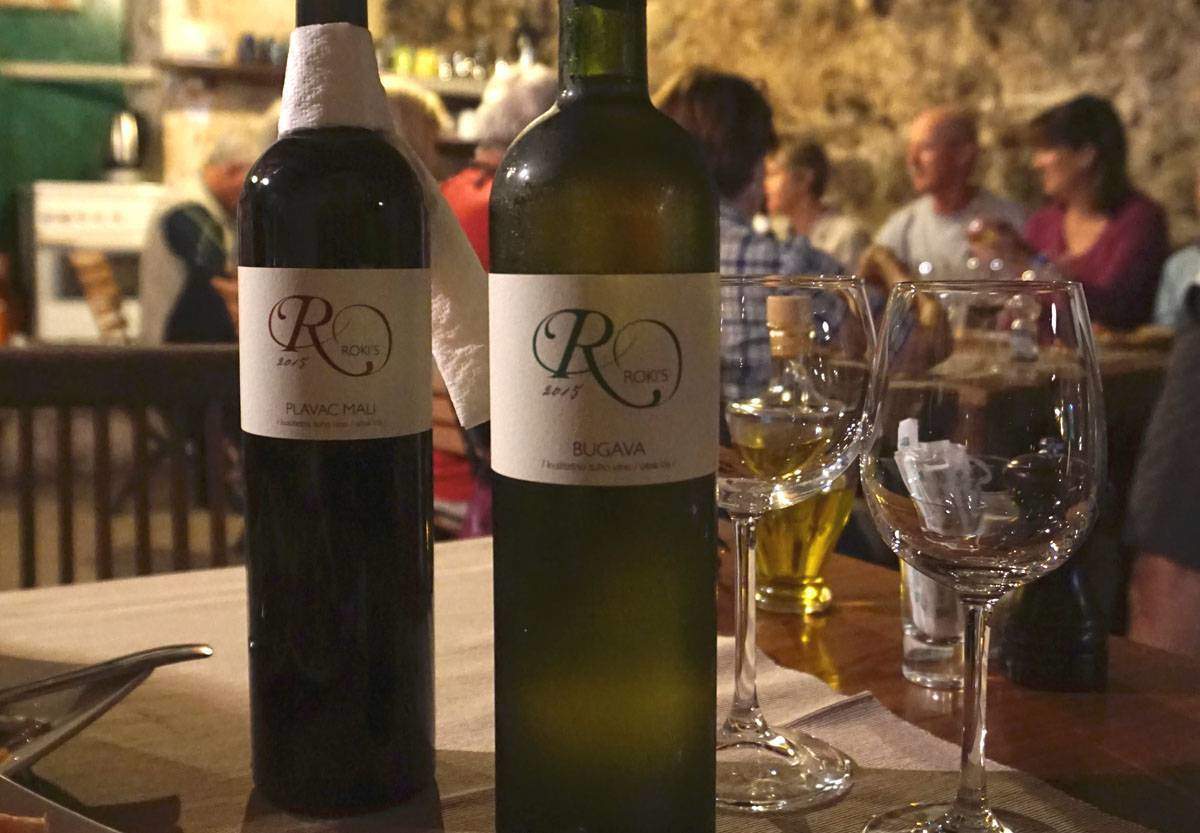


What’s your favorite Croatian winery and why?
I love Roki’s on Vis; their Vugava (what we know as Viognier elsewhere) whites are refreshing and crisp and there is no better way to experience wine culture in Dalmatia than by enjoying a simple home cooked lunch on their terrace under the shade of an enormous walnut tree. Be sure to see the cricket field and the landing strip – these have fascinating stories in their own right! Go in September and you might be lucky enough to encounter the owners testing the harvest for its sugar concentration and get an insider’s perspective on when is the exact moment to harvest the crop. Go at night and you can, with advance notice, request a peka—a baked meat and vegetable dish that is a Dalmatian signature. Their Plavac Mali is great; it’s a robust red with plenty of character and a delicious finish. But its with their whites that Roki’s excels – both their Rukatac and their Bugavas are excellent when served chilled alongside cold plates.
For those of you who are paying only a short visit to Vis, Roki’s also has a wine outlet close to the pier in downtown Vis. I’m looking at a bottle of Rukatac right now and might very well enjoy it tonight!
What has been your favorite wine experience in Croatia?
Surprisingly, my favorite Croatian wine experience was not in a vineyard but instead in a Hvar wine bar, Tri Prsuta. Hvar, Hvar is a very small town. My friend Dennis, the owner of my favorite restaurant in Croatia (Dalmatino), recommended I visit his favorite local wine bar to explore some of Dalmatia’s finest after I finished a delicious dinner of gnocchi, shrimp, cream and truffles. At Tri Pršuta, the owner decanted a top-quality Dingac into a carafe and, from a height of three-to-four feet poured it into a Merlot glass below, expertly aerating it as it decanted. It was worth it for the theatrics alone.



